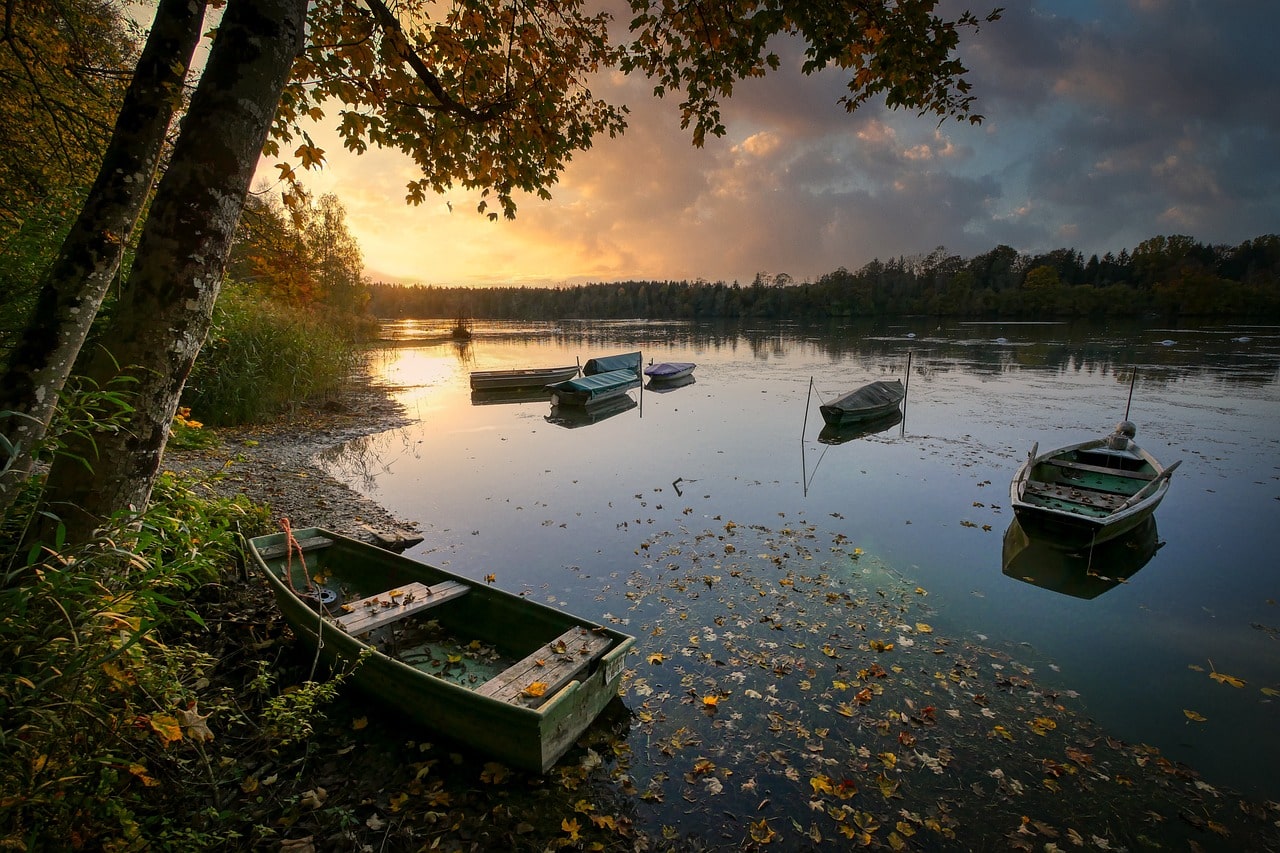Gurudongmar Lake, one of the highest lakes in the world and India is at an elevation of 5,430 meters (17,800 feet) in the Great Himalayas in Sikkim’s Mangan District. Named after Guru Padmasambhava, the founder of Tibetan Buddhism, the lake holds significant religious importance for Buddhists and Sikhs. The lake is 190 kilometers (120 miles) from Gangtok, Sikkim’s capital, and about 5 kilometers (3.1 miles) south of the Tibetan border. It can be accessed by road from Lachen via the Thangu Valley, traversing rugged terrain and high alpine pastures adorned with rhododendron trees. While Indian tourists can visit the lake, foreigners require a special permit from the Ministry of Home Affairs in New Delhi.
Fed by the Gurudongmar glacier, this moraine-dammed lake lies north of the Kanchendzonga range on a high plateau connected to the Tibetan Plateau. It contributes to one of the source streams that form the Teesta River. In the winter, from November until mid-May, the lake freezes entirely. Encompassing 118 hectares (290 acres) and a perimeter of 5.34 kilometers (3.32 miles), the lake is encircled by an exquisite terrain that is home to high-altitude fauna such as blue sheep and yaks.
Historically, the lake’s clear waters allowed visibility to the lake bed, but recent pollution has muddied the waters, giving the lake a whitish tinge. Despite these changes, Gurudongmar Lake remains a crucial freshwater resource.
According to Buddhist folklore, Guru Padmasambhava visited the lake, which remained frozen for most of the year. Responding to local pleas for help, he touched a section of the lake that never froze again, providing a year-round water source for the people. This event made the lake a significant pilgrimage site for Buddhists.
Sikhs believe that Guru Nanak visited and blessed the lake. This belief led to the construction of a Gurudwara by an Indian Army Sikh regiment in 1997-1998. However, this construction angered the local Buddhists, who considered the lake sacred due to Guru Padmasambhava’s visit. Following a government inquiry, it was determined that the lake was indeed a Buddhist religious site. The Gurudwara was handed over to the Lachen Monastery in 2001, and a lama was assigned to maintain the lake.
Gurudongmar Lake, with its serene beauty and religious significance, continues to be a revered site for both Buddhists and Sikhs. It provides stunning vistas and an insight into the rich cultural history of the area.

